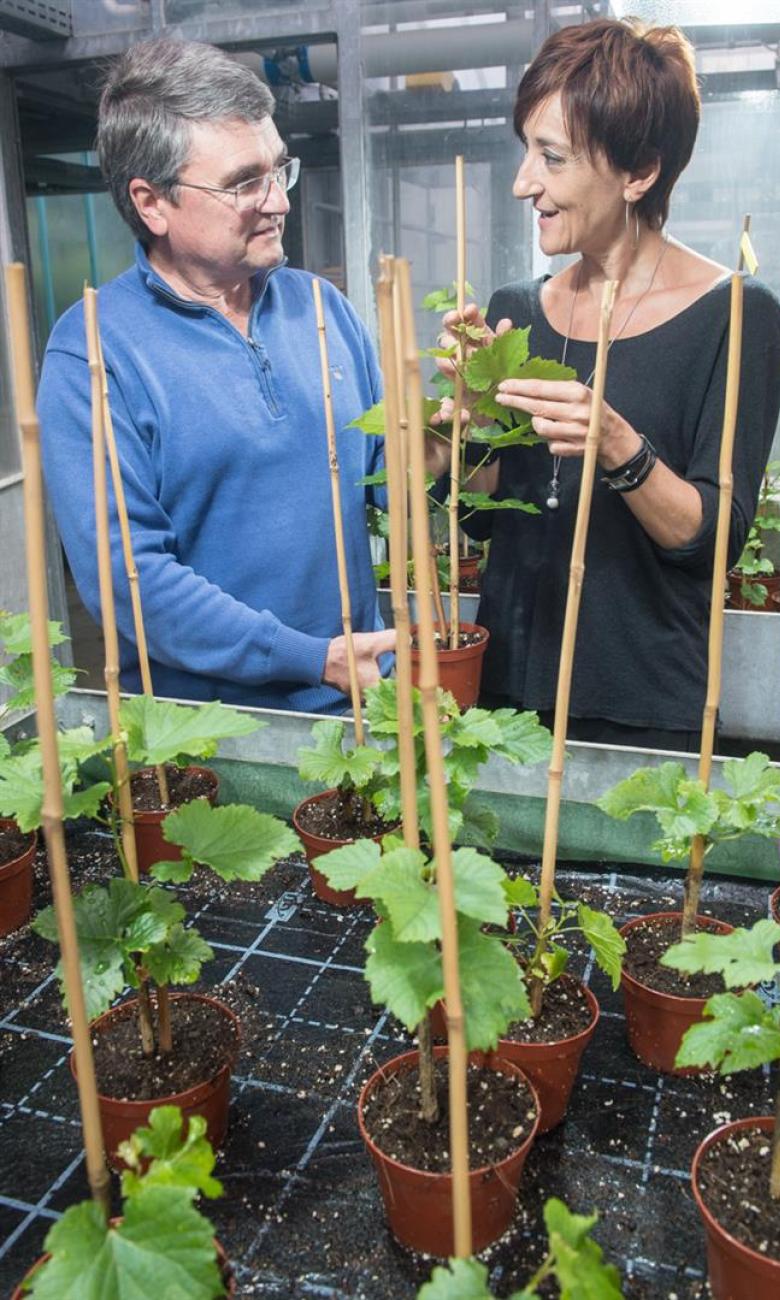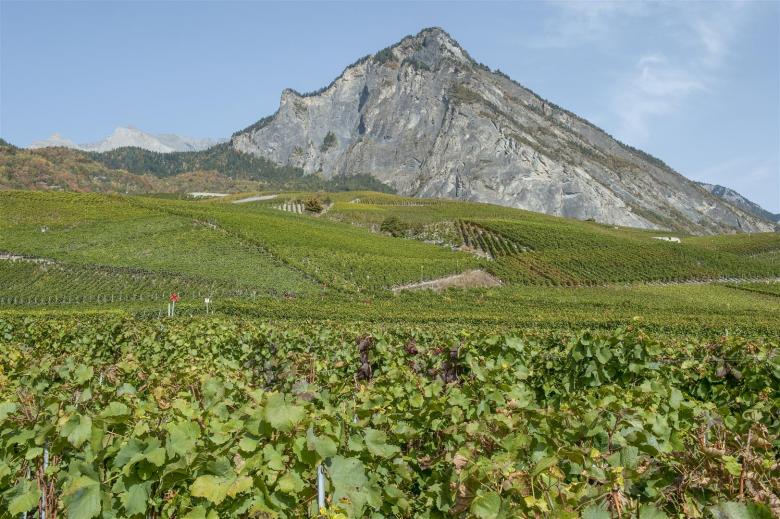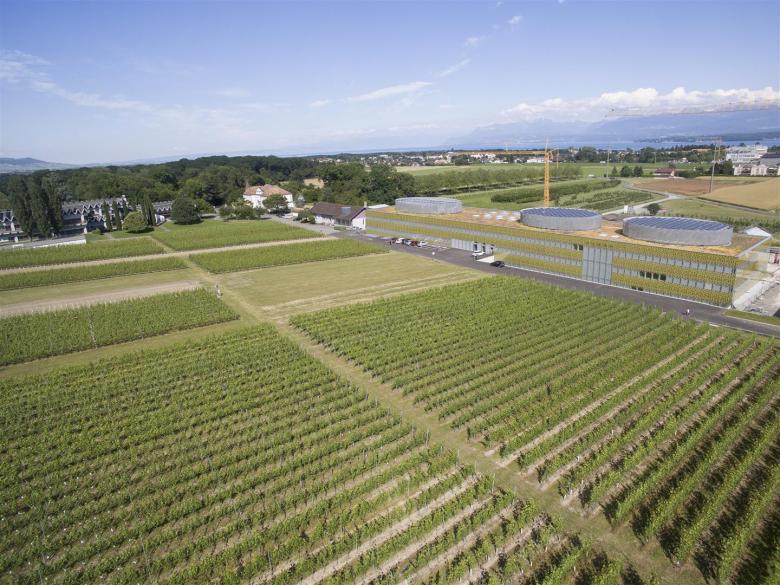Swiss winegrowers aim for zero pesticides
Switzerland's centre of excellence for agricultural research Agroscope has been creating new grape varieties for 50 years. Their goals are ambitious – particularly the targets for disease resistance. Several generations of resistant varieties have emerged, helping to gradually reduce the impact of diseases and the use of pesticides.
Fungal diseases – a major concern for winegrowers
Swiss winegrowers face considerable difficulties with fungal diseases, two of which are particularly entrenched in Switzerland: downy and powdery mildew. It is very hard to cultivate grapes without pesticides today – both in conventional and organic vineyards. To help avoid this, Agroscope's viticulture research team focuses its efforts on creating resistant grapevines.

As the head of the team Jean-Laurent Spring explains, "today's selection techniques are helping us reach our 'zero pesticides' target. In 1965 we began selecting plants resistant to grey rot (Botrytis cinerea), which created eight new grape varieties that winegrowers have been using since 1990. Gamaret, Garanoir and Diolinoir are the best known. They have great winemaking potential and their capacity to adapt to different terrains means they develop quickly – today there are 900 hectares of vineyards in Switzerland from this first generation."

Threefold resistance: Divico & Co
Since 1996 Agroscope has been selecting grapevines that are also resistant to downy mildew (Plasmopara viticola) and powdery mildew (Erysiphe necator). Gamaret, which is resistant to grey rot, has been crossed with a number of grape varieties from wild vines in America and Asia that carry resistance genes.
To make the selection process faster and more reliable, Agroscope's mycology research team has devised a method of early testing using chemical markers. The head of the team, Katia Gindro, explains: "We analyse the leaves of young seedlings in our lab in order to detect the natural substances the vine produces to protect itself against fungal disease. These are stilbene family compounds that act as strong fungicides. Early testing allows us to select samples with high levels of resistance quicker and more efficiently." This unique approach saw Divico go on the market in 2013 – the first red grape with low sensitivity and high resistance to downy mildew, as well as good resistance to grey rot and powdery mildew. It can be successfully cultivated by treating with conventional products or products authorised for organic winegrowing up to three times if necessary. Divico's high winemaking potential makes it an interesting grape for wine producers, and its wine is well regarded by consumers. A new white variety, Divona, has the same resistance properties and is set to appear on the market soon.

A French-Swiss project targeting zero pesticides
Agroscope has been collaborating with the French National Institute for Agricultural Research (INRA) for ten years to create grape varieties that are 100% resistant. "The approach is to incorporate several downy and powdery mildew resistance genes in the same variety," explains Jean-Laurent Spring. "These genes are from wild vines in America (Vitis rupestris et aestivalis) and Asia (Vitis amurensis) from Agroscope's plant collection and another American species (Vitis rotundifolia) from INRA's collection. This will allow us to create grape varieties that are almost entirely and reliably resistant. "France and Switzerland are currently testing a first selection of around 15 particularly interesting samples with a view to official recognition. We expect that it will take eight to ten years before these first 'zero pesticide' grapes can be produced commercially."

Fifteen to twenty years to establish a new grape variety
There are a large number of criteria that come into play during the selection process for new varieties, both for the grapevine and the wine. Winegrowers are primarily concerned with disease resistance, climate adaptation, plant development and wine production, which are closely monitored and assessed. The goal is to select samples with the largest number of required qualities. An additional factor is the grape's potential to produce a good wine i.e. its oenological qualities. To assess this, the levels of different substances (sugar, tannin, etc.) are analysed and various attempts to produce wine from the grape are carried out. A final test evaluates the actual taste of the wine. The selection process is a long one. After the initial crossbreeding, it takes between 15 and 20 years for the grape variety to be officially recognised. After Divico was pollinated in 1997, a number of stages followed: harvesting the grapes and pips, germination, resistance testing, testing the agronomic parameters, various winemaking attempts, oenological tests, etc. It was officially recognised in Switzerland 16 years later in 2013. Divico wine is relatively successful in Switzerland and has generated considerable interest abroad (Belgium, France, Germany and the UK) where it may continue to develop significantly.




